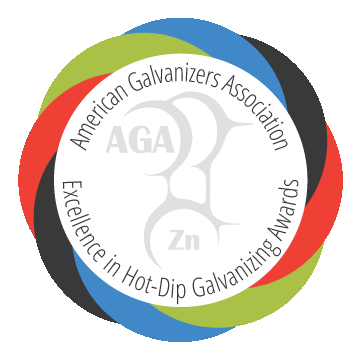Woodyard Crane
Moundville, AL United States | 1997
 1997
1997
Menu • Quick Links • Search
The Colorado River Aqueduct is part of the largest network of treated drinking water in the United States, serving 19 million people. The aqueduct, managed by the Metropolitan Water District of Southern California, is situated between the intake at Lake Havasu and the Lake Mathews endpoint stretching across the Mojave and Colorado Deserts and east of the Santa Ana Mountains. This enormous waterway delivers 1.2 million acre feet of water per year and requires exhaustive maintenance for continued operation. One major maintenance issue for years has been the upkeep of the sand trap bridge cranes that straddle the aqueduct at the Iron Mountain, Eagle Mountain and Julian Hinds pumping stations.
Replacements, maintenance, and recoating of the old bridge cranes due to corrosion have historically put a strain on operations for the Metropolitan Water District. To address these problems, new 2 ton bridge cranes were manufactured with hot-dip galvanizing to replace the old cranes at each of the three stations. The main purpose of the sand trap bridge cranes are to lower submersible dredge pumps so sand can be extracted along the length of the trap basins at desired depths. This allows the aqueduct to remain clean and flowing along its 242 mile journey and with the rise in total elevation of 1,614 feet.
When designing the new cranes, the engineers needed a coating they could rely on for the long haul and without fail. Hot-dip galvanizing was selected to offer just that. Specifying hot-dip galvanizing made this a very unique one of a kind project for the crane manufacturer. Furthermore, it was the most robust and cost effective system to ensure worry free operation of the cranes in this wet environment. Practically all of the components of the bridge cranes were hot dip galvanized including, box girders, end trucks, trolley, hand railing and walkway systems.
Since 1939 the Colorado River Aqueduct has been a major supply of drinking water for Southern California. Without a doubt, the new hot-dip galvanized bridge cranes will help ensure the aqueduct stays flowing for many years to come.
2017
Newly Complete
Water & Marine
Temperate Marine
Desert Center, CA United States
Coating Durability, Corrosion Performance, Ease of Specifying, Initial Cost, Life-Cycle Cost, Quality of HDG, Sustainability, Turnaround Time
Box girders, end trucks, trolley assembly, hand railing and walkway systems
Steel: 84
HDG: 78
American Equipment, LLC
American Equipment, LLC
McNeil Engineering
Metropolitan Water District of Southern California
Myers & Sons Construction, LP
Integrated Machinery Solutions, LLC
Valmont Coatings
Thank you! Your vote has been accepted.